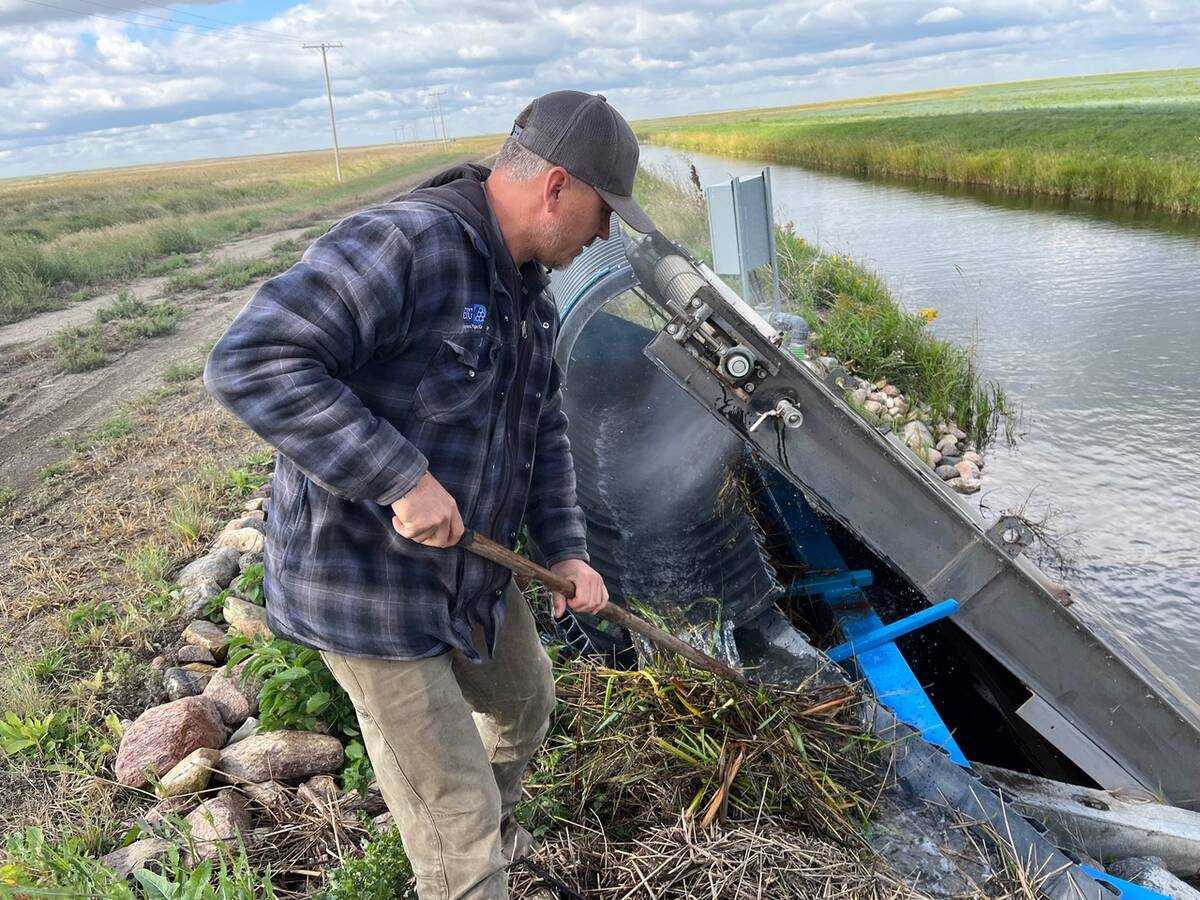A review of Saskatchewan crop insurance has resulted in 16 recommendations for improvement but contains no estimate of what those might cost or which should be done first.
Agriculture minister Bob Bjornerud released the report Oct. 6, saying the province doesn’t know what the changes would cost, together or individually, but cannot afford to implement them all at once.
Officials are calculating the cost of each and looking at which changes farmers want most.
“I would like to see more changes than we could probably afford,” Bjornerud said.
Read Also

Saskatchewan farmer uses tile drainage to manage water
The integration of both irrigation and tile drainage results in higher yields, water efficiency, improved soils and less nutrient runoff, says one producer.
Farmers have repeatedly asked for a return of spot-loss hail coverage. The previous NDP government discontinued that coverage in 2002 because it was expensive and the program had a huge deficit after a particularly high claim year.
The report, produced by Meyers Norris Penny, said the reintroduction of spot-loss hail was “overwhelmingly the most frequently requested coverage improvement.”
But the report also notes that private hail insurers prefer the status quo.
“I do think they have a problem in that the private sector has moved in to take over (hail coverage),” said NDP agriculture critic Pat Atkinson.
She attended more than half of the 10 public meetings held as part of the review and said she believed most farmers wanted insurance that covered cost-of-production.
None of the recommendations specifically address that.
She was surprised the recommendations weren’t priorized and she said both the government and Meyers Norris Penny must have some idea of the costs involved.
Atkinson said the entire report is underwhelming.
“This was an exercise in politics in that this was something the Sask Party promised,” she said. “They had to do it.”
Meyers Norris Penny recommended the Saskatchewan Crop Insurance Corp. investigate using reinsurance to lessen risk. That would help avoid disasters like 2002 when payouts were about $1 billion and the program was left with a debt of about $500 million.
“Reinsurance is not cheap,” Bjornerud said, while agreeing that no one wants a repeat of 2002.
The current program net deficit is $174 million.
General manager Cam Swan said that number will drop because the relatively low claim year allowed the corporation to pay it down.
Other recommendations included introducing yield trending and cushioning, enhancing the variable price option, using targeted discounts and incentives, and reducing the producer costs of wildlife damage compensation.
Producers also want the program to be easier to understand. Bjornerud agreed that many farmers don’t know how the program could work for them.
The report said many farmers raised concerns about the lack of program features that already exist.
One example is the mechanism allowing younger farmers to benefit from their parents’ long-term individual yield.
“Survey results confirm that producers believe they have a solid understanding (of) the crop insurance program, though consultation observations strongly suggest that a significant element of producer dissatisfaction is driven by a lack of full program understanding,” said the report.
More than 1,000 producers participated in the consultation. Forty-five organizations were invited to submit written comments; 12 accepted.
The minister is expected to announce in February the changes he has accepted for 2009. The report is available at www.saskcropinsurance.com.

















